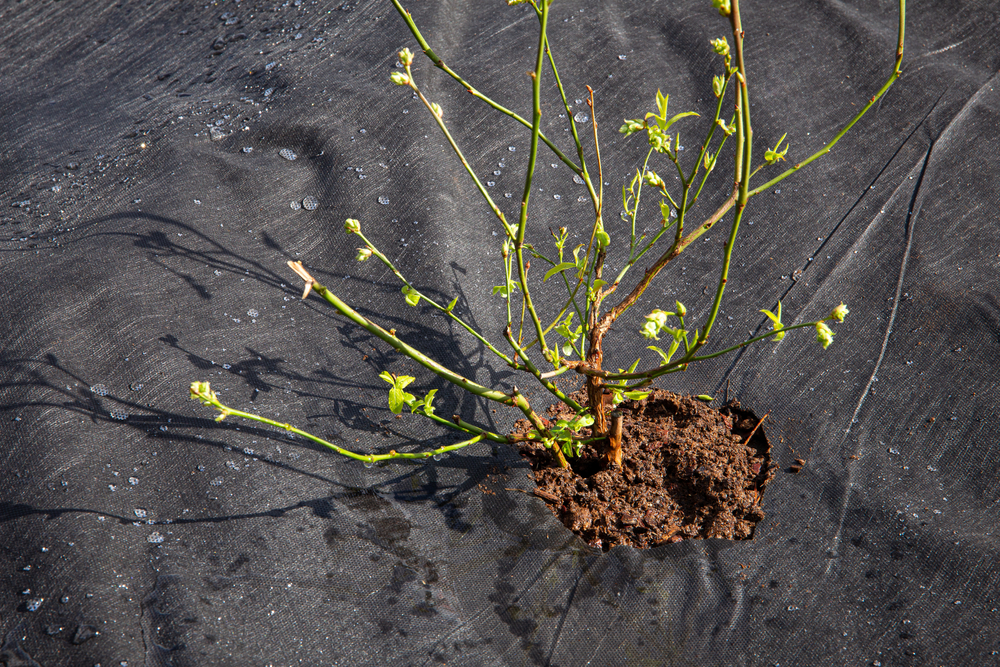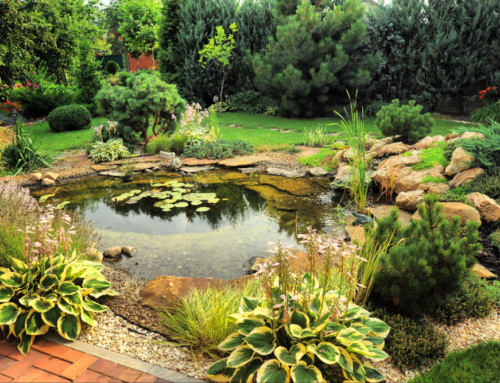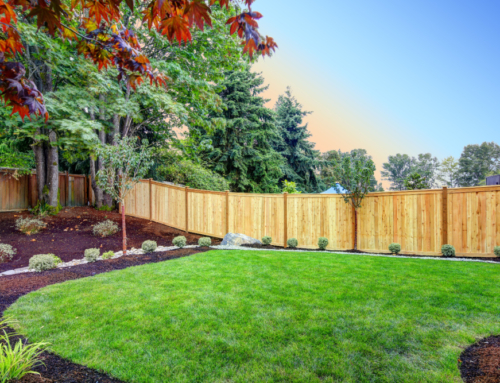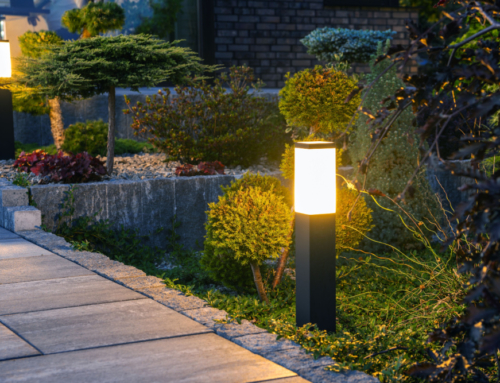As a homeowner, you likely spend a lot of time keeping your lawn healthy and lush. Unfortunately, weeds can throw off the look and feel of any landscape, but with the proper knowledge and materials, controlling these unruly pests doesn’t have to be an uphill battle. One helpful tool in solving this problem is using quality landscape fabric to better manage weed growth around flower beds and other landscaping projects! In today’s blog post, we’ll cover what it means to use landscape fabric for weed control – from tips on installation to the pros and cons that come with each method. So keep reading if you’re looking for a simple yet effective answer to unwanted weeds!
What is Landscape Fabric, and How Does it Work to Control Weeds?
Imagine starting a garden or doing lawn maintenance, and here come the pesky weeds, stealing valuable nutrients and water from your plants. You might have heard of landscape fabric and wondered how it could help you. Landscape fabric is a woven or spun material that effectively suppresses weed growth, allowing water and air to pass through it. It’s often used as a weed barrier beneath mulch in flowerbeds, pathways, and other landscaped areas. When appropriately installed, landscape fabric acts as a physical block, preventing weeds from sprouting through the soil by denying them sunlight. This means your plants get the necessary nutrients and water without competing with unruly weeds. The best part? It’s an eco-friendly solution, and you can say goodbye to those backbreaking hours spent weeding!
Benefits of Using Landscape Fabric
You might’ve heard of landscape fabric, or maybe not, but either way, it’s definitely worth talking about. This underrated gardening companion can work wonders in simplifying the whole landscaping process. For starters, it helps keep those pesky weeds at bay, meaning less time spent battling unwanted foliage and more time admiring your picture-perfect garden. It also aids in water conservation since the fabric allows moisture to seep through to your plants’ roots, ensuring they remain hydrated without waste. Plus, ever struggled with soil erosion? Landscape fabric’s got you covered – literally. It forms a sturdy barrier that keeps soil in place, ensuring the stability of your outdoor sanctuary. So next time you want to give your garden a makeover, don’t forget to roll out that landscape fabric; it might just become your garden’s new best friend.
Tips for Installing Landscape Fabric Properly
If you want to upgrade your garden, installing landscape fabric is a fantastic idea. The key to perfecting this addition to your greenspace lies in proper installation. Before diving in, ensure you’ve got some sharp scissors or a utility knife on hand – you’ll need them to trim the fabric to size. Begin by removing any weeds and debris from the area you plan to cover, then flatten the soil with a rake or a hoe. Next, gently roll out the fabric over the prepared surface, overlapping each section by about 2-3 inches to create a durable barrier against those pesky weeds. To ensure the material stays in place, secure it with landscape staples or pins every couple of feet. Finally, cut holes or slits in the fabric for any plants you want to include in the area. Voilà! With these tips, you’re well on your way to a landscape transformation that’s visually appealing and functional.
Common Mistakes When Using Landscape Fabric in The Yard
While it’s true that using landscape fabric in your yard can help control weeds and encourage healthy soil, common mistakes are often made that can lead to less-than-stellar results. For example, many people are tempted to skimp out by choosing low-quality material, only to find themselves battling unruly weeds that manage to poke through the fabric. To make matters worse, overlapping the fabric can be a catch-22 – if not done correctly, it can lead to water pooling in areas or be a nightmare for roots to navigate through, making it difficult for plants to grow. On top of that, if you forget to add mulch on top of the fabric, you may find yourself with a deteriorated mess that’s letting weeds through left and right. So, next time you decide to use landscape fabric in your yard, remember that taking extra precautions like investing in quality material, properly overlapping, and adding a layer of mulch can save you headaches in the long run.
Best Practices for Maintaining and Replacing Landscape Fabric
When keeping your garden and landscape in tip-top shape, landscape fabric is vital in weed control and soil conservation. However, maintaining and replacing your landscape fabric can sometimes feel like a chore – but fret not! Some best practices can save you time and energy. To ensure that your landscape fabric lasts longer and stays effective, permanently remove any debris, like leaves and twigs, accumulating on top, as these can limit its ability to suppress weeds. Additionally, replacing the fabric every few years, depending on its quality and specific needs, is essential to keeping your landscape pristine. Finally, watch for any signs of wear and tear, like holes or fraying edges, to know when it’s time to refresh. With these simple tips in mind, your landscape will flourish and thrive, making your outdoor living space an oasis for years.
Alternative Options For Weed Control in the Yard
If you’re tired of constantly battling pesky weeds in your yard, don’t worry; plenty of alternative weed control options don’t involve harsh chemicals or hours of backbreaking work. One easy method to explore is using natural and organic solutions, like vinegar, to stop those unwanted plants in their tracks. Additionally, laying down a mulch or landscape fabric layer can effectively stifle weed growth while retaining moisture and adding valuable nutrients to your soil. Did you know that some plants, like groundcovers, can compete with weeds for resources and help to deter them naturally? Plus, they can add a beautiful aesthetic touch to your outdoor living space! Don’t be afraid to get creative with your weed control solutions – if you think outside the box, you might find a new favorite method for keeping your yard pristine.
In conclusion, landscape fabric is an excellent option for quickly and effectively controlling weeds. However, it is essential to remember that the landscape fabric installation needs to be done correctly to be successful. Ensure the soil is prepped perfectly, any weeds are removed, and drainage issues are addressed before installing the fabric. It’s best to avoid common mistakes like forgetting to overlap pieces of fabric during installation or keeping the fabric away from fence posts and foundation walls. With proper maintenance, your landscape fabric should last up to 10 years or longer. Suppose you’re looking for alternative ways to control weeds. In that case, you may consider hand-pulling them or using a pre-emergent weed killer as a spot treatment or over blanket application. Regardless of the route you take – with landscape fabric or not – it’s essential to show your yard some extra love this season for an envy-worthy garden all year round!
Are you struggling to maintain a healthy lawn? If so, seek the aid of a professional landscaping expert.






